- Introduction to Solar Energy Storage Systems
- Market Growth and Impact Statistics
- Technical Advantages of Modern Systems
- Top Supplier Comparison Analysis
- Customization Options for Diverse Needs
- Real-World Implementation Case Studies
- Future Developments and Industry Outlook

(solar energy storage system diagram)
Understanding Solar Energy Storage System Diagrams
Solar energy storage system diagrams visually map how photovoltaic panels, charge controllers, batteries, and inverters interconnect to capture, store, and distribute renewable energy. These schematics detail energy flow pathways – from sunlight conversion into DC electricity through battery storage cycles to AC power conversion for home appliances. Modern diagrams increasingly incorporate smart energy management systems that automatically prioritize grid independence during outages while allowing excess energy sell-back through net metering. As industry standardization progresses, these technical blueprints help both installers and homeowners visualize system scalability options for future capacity expansion.
Market Growth and Impact Statistics
The global energy storage market demonstrates explosive growth, with residential installations increasing by 200% since 2020 according to International Energy Agency reports. Industry analysts project the solar storage sector to reach $15.6 billion valuation by 2028, driven by 30% annual reduction in lithium-ion battery costs. California's Self-Generation Incentive Program alone deployed 52,000 storage units in 2023, while Germany's KfW subsidies accelerated installations by 173% year-over-year. These deployments significantly reduce grid strain during peak demand, with utility-scale projects in Australia demonstrating 94% peak load reduction capabilities. Investment patterns reveal commercial entities allocate 34% more capital toward storage solutions than residential consumers, prioritizing uninterrupted operations and demand charge management.
Technical Advantages of Modern Systems
Contemporary solar storage solutions leverage technological breakthroughs delivering superior performance metrics. Lithium iron phosphate (LFP) batteries now provide 6,000+ cycle lifespans with thermal runaway prevention systems, vastly exceeding traditional lead-acid alternatives. Advanced hybrid inverters integrate maximum power point tracking (MPPT) with 99% conversion efficiency while managing grid interactivity. Smart battery management systems (BMS) optimize depth-of-discharge automatically, extending operational longevity. Modular architecture permits stackable capacity expansion from 5kWh to 50kWh without component replacement. Crucially, these systems incorporate weather-adaptive algorithms that pre-charge batteries before forecasted storms, guaranteeing backup power during grid failures through seamless automatic transfer switching. These innovations collectively achieve 87% round-trip efficiency ratings industry-wide.
Top Supplier Comparison Analysis
| Manufacturer |
Key Product |
Warranty |
Efficiency |
Scalability |
Price/kWh |
| Tesla |
Powerwall 2 |
10 years |
90% |
10 units |
$850 |
| LG Chem |
RESU Prime |
12 years |
95% |
6 units |
$1,020 |
| Sonnen |
Eco 15 |
15 years |
92% |
8 units |
$1,150 |
| Generac |
PWRcell |
10 years |
88% |
9 units |
$780 |
| Enphase |
IQ 10T |
15 years |
96% |
4 units |
$1,250 |
This supplier comparison reveals significant differences in price-to-performance ratios among leading manufacturers. Industry testing confirms LG Chem and Enphase currently lead in round-trip efficiency, while Generac offers the most economical entry point. Tesla dominates market share at 34% due to established supply chains and installer network coverage. Extended warranty periods prove crucial for minimizing lifetime ownership costs, with Sonnen and Enphase offering the most comprehensive coverage.
Customization Options for Diverse Needs
Sophisticated solar energy storage systems now accommodate specialized applications through modular design architectures. Residential configurations typically feature stackable 5-20kWh capacities with intelligent load shedding that prioritizes refrigeration and medical equipment during outages. Commercial solutions scale to 100+kWh with demand charge management systems that automatically reduce grid consumption during peak utility rate periods. For off-grid scenarios, manufacturers implement dual-voltage designs integrating 12V RV compatibility with standard 240V household outputs. Industrial applications increasingly adopt DC-coupled configurations that bypass unnecessary AC conversions, achieving 5% efficiency gains for high-consumption machinery. Leading suppliers provide configuration software simulating 24/7 usage patterns before installation, automatically recommending optimal component combinations that maximize return on investment within specific regional climate conditions and utility rate structures.
Real-World Implementation Case Studies
Hawaii's Maui Memorial Medical Center installed a 1.2MW/2.4MWh solar storage system in 2023, achieving 94% energy independence while saving $380,000 annually in utility expenses. This hospital-grade installation withstands extreme weather through reinforced outdoor enclosures with temperature stabilization systems maintaining optimal 25°C battery conditions during 45°C heat waves. Meanwhile, Colorado's Thunder Valley community deployed residential Powerwalls across 86 homes during 2022 wildfire season, maintaining electricity during 18 consecutive grid outage days by forming a virtual power plant. Tesla's VPP technology enabled collective energy sharing that sustained critical well pumps and communications infrastructure. Manufacturing facilities report 34-month payback periods on average for installations combining solar with storage, primarily achieved through strategic peak shaving that avoids commercial demand charges averaging $45/kW monthly in deregulated markets.
Essential Considerations for Solar Energy Storage System Selection
Selecting appropriate storage technology necessitates evaluating manufacturer certifications against UL 9540 safety standards and confirming compatibility with existing solar infrastructure. Consumers should prioritize products with proven cycle durability matching regional weather patterns – particularly critical for coastal installations requiring salt-spray resistance certifications. Supplier reputation for post-installation support remains paramount, with leading providers offering remote firmware updates and 24/7 system monitoring. Technological convergence trends point toward integrated smart home energy platforms that automatically coordinate storage systems with EV charging schedules and high-efficiency appliances. Multiple solar energy storage system suppliers now provide detailed diagrams and specification documents in PDF formats, greatly simplifying professional installation and maintenance planning while optimizing overall system reliability and financial performance.
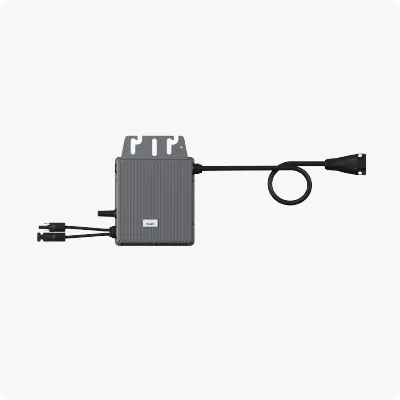
(solar energy storage system diagram)
FAQS on solar energy storage system diagram
Q: What components are typically included in a solar energy storage system diagram?
A: A typical diagram includes solar panels, charge controllers, batteries (e.g., lithium-ion), inverters, and a monitoring system. These components work together to capture, store, and distribute solar energy. Diagrams often highlight wiring paths and energy flow directions.
Q: Where can I find a detailed solar energy storage system PDF guide?
A: Many suppliers and industry websites offer free PDF guides explaining system design, installation, and maintenance. Resources like the U.S. Department of Energy or reputable suppliers like Tesla Energy provide downloadable technical documentation. Search using like "solar energy storage system PDF" for targeted results.
Q: How do I choose reliable solar energy storage system suppliers?
A: Prioritize suppliers with proven certifications (e.g., UL, IEC), positive customer reviews, and warranties. Top global suppliers include Tesla, LG Chem, and Sonnen. Request case studies or system performance data to evaluate compatibility with your energy needs.
Q: What safety features are shown in solar energy storage system diagrams?
A: Diagrams often highlight circuit breakers, surge protectors, and thermal management systems. Battery enclosures with fire resistance and overcharge protection mechanisms are also common. Compliance with local electrical codes is typically noted for safety assurance.
Q: Do solar energy storage system suppliers offer customized solutions?
A: Many suppliers provide tailored systems based on energy consumption, space constraints, and budget. Customization may include battery capacity, hybrid grid-tie/off-grid setups, or smart energy management. Contact suppliers directly to discuss specific requirements and request a quote.
 LEARN DETAILS
LEARN DETAILS



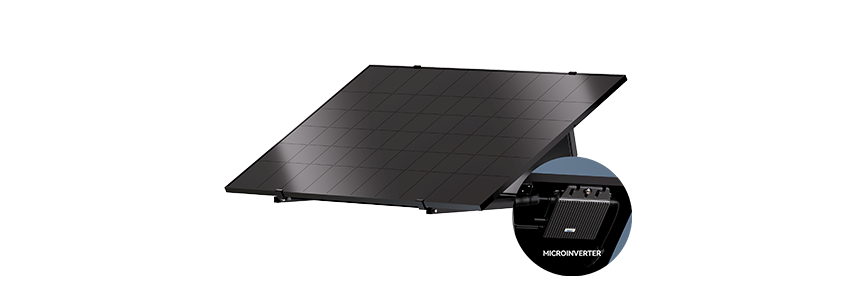

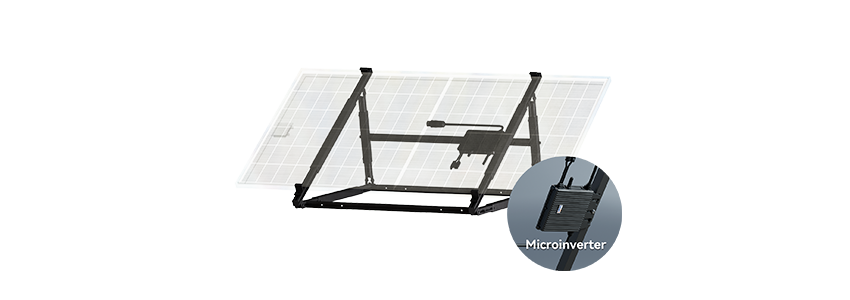
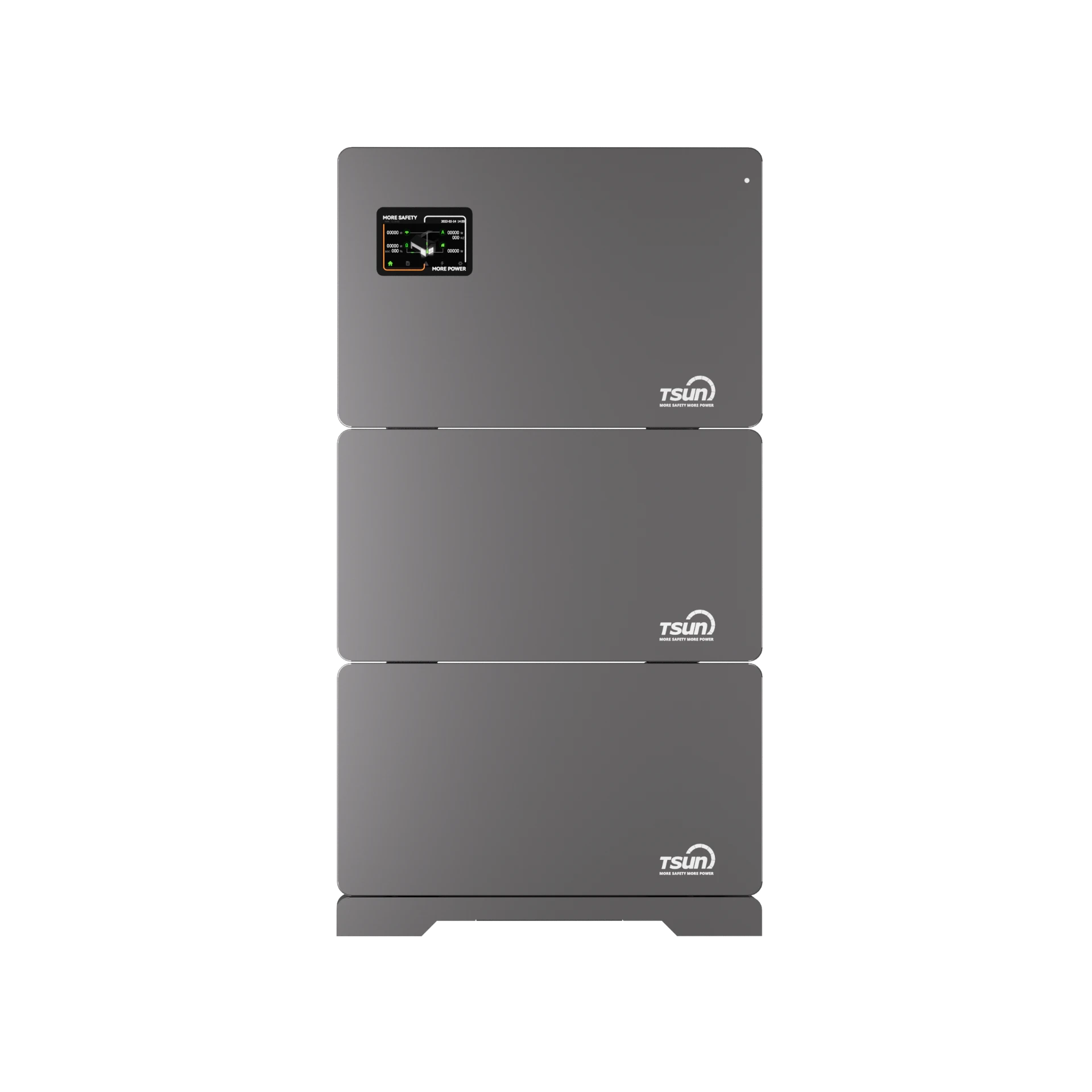




 LEARN DETAILS
LEARN DETAILS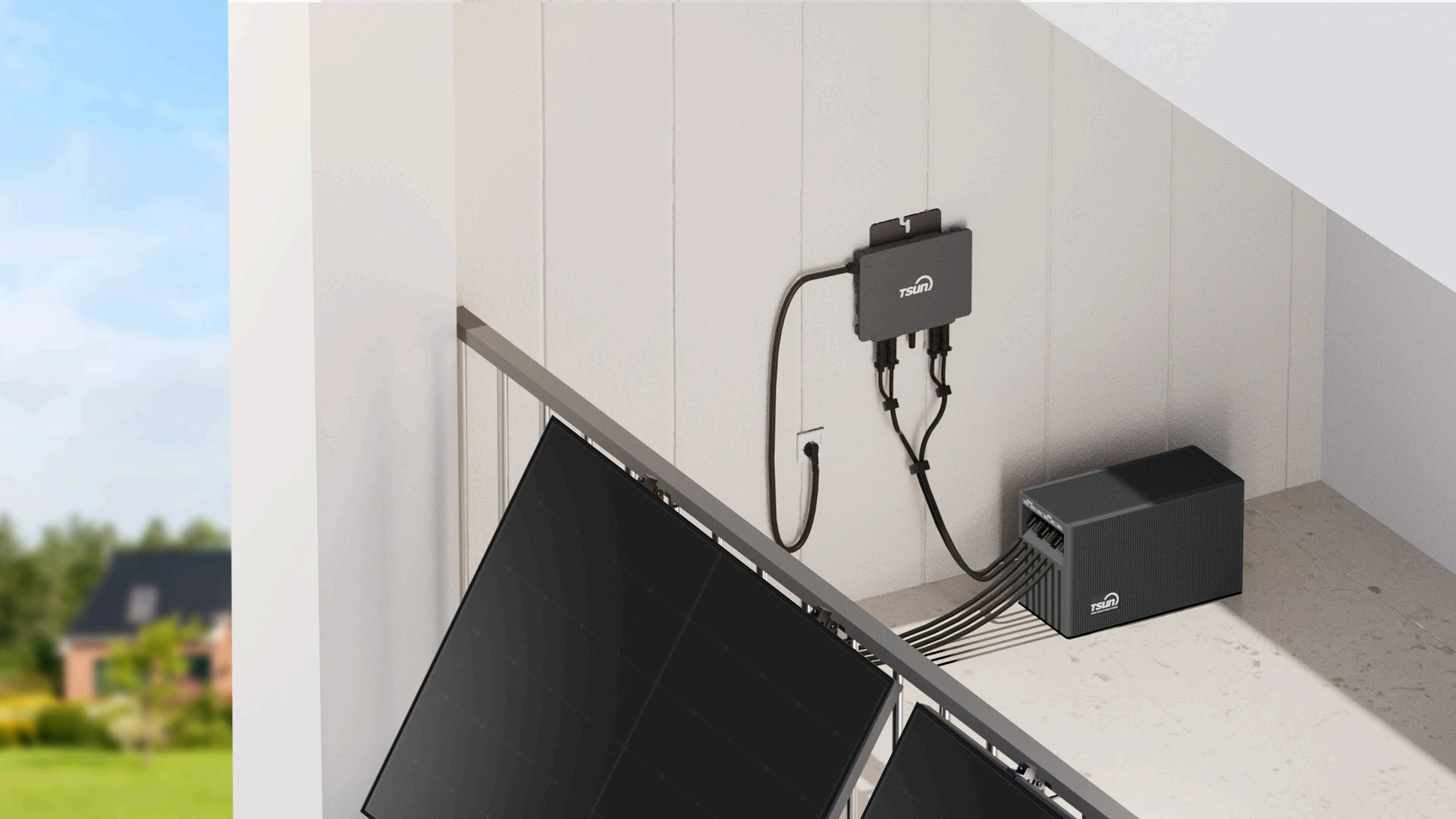
 LEARN DETAILS
LEARN DETAILS
 LEARN DETAILS
LEARN DETAILS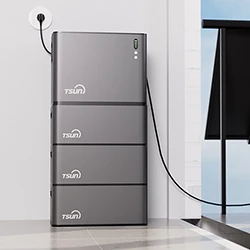
 LEARN DETAILS
LEARN DETAILS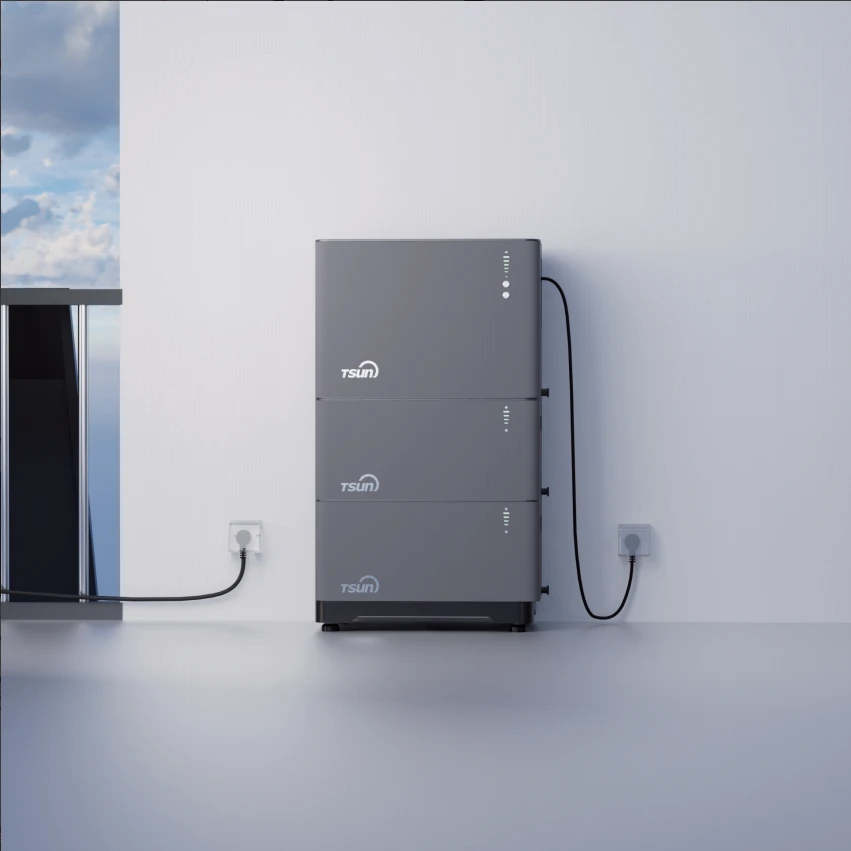
 LEARN DETAILS
LEARN DETAILS

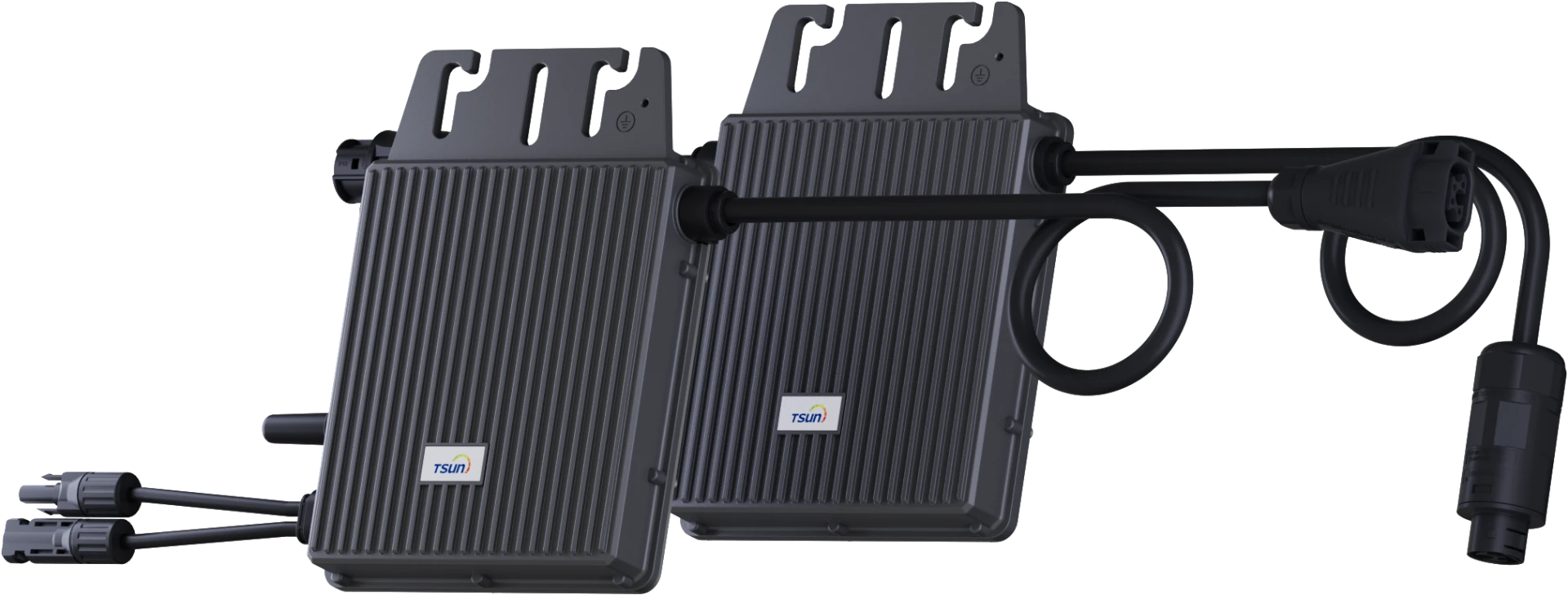

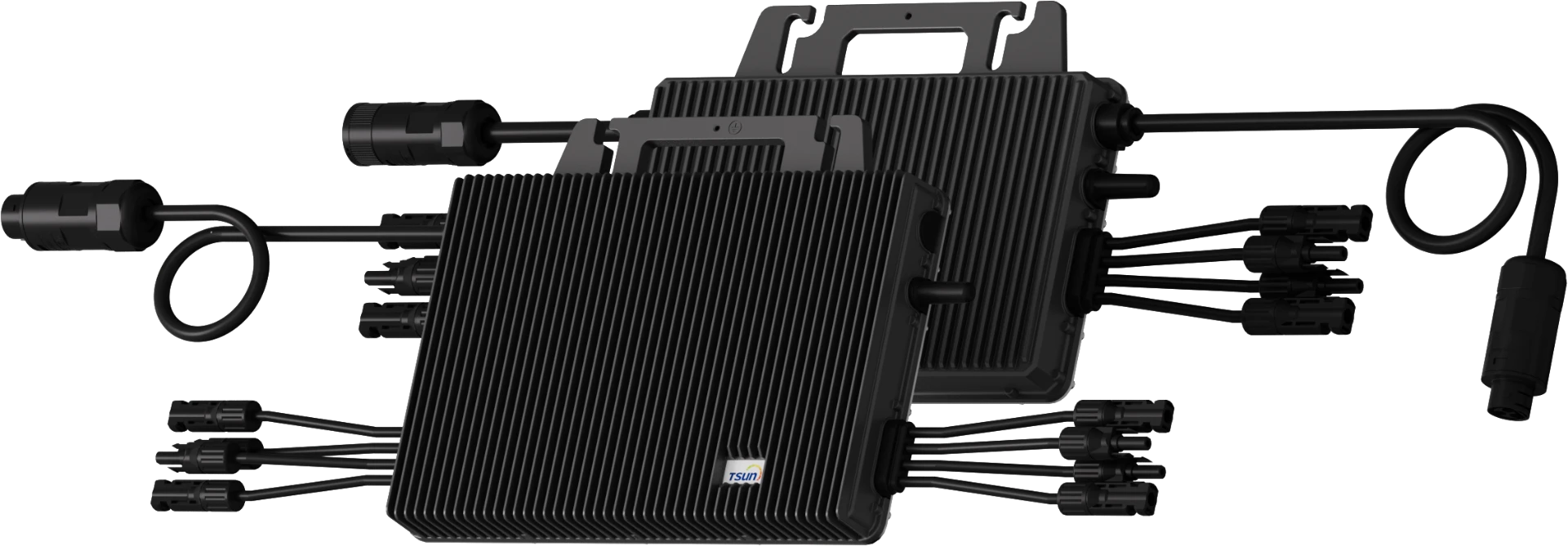
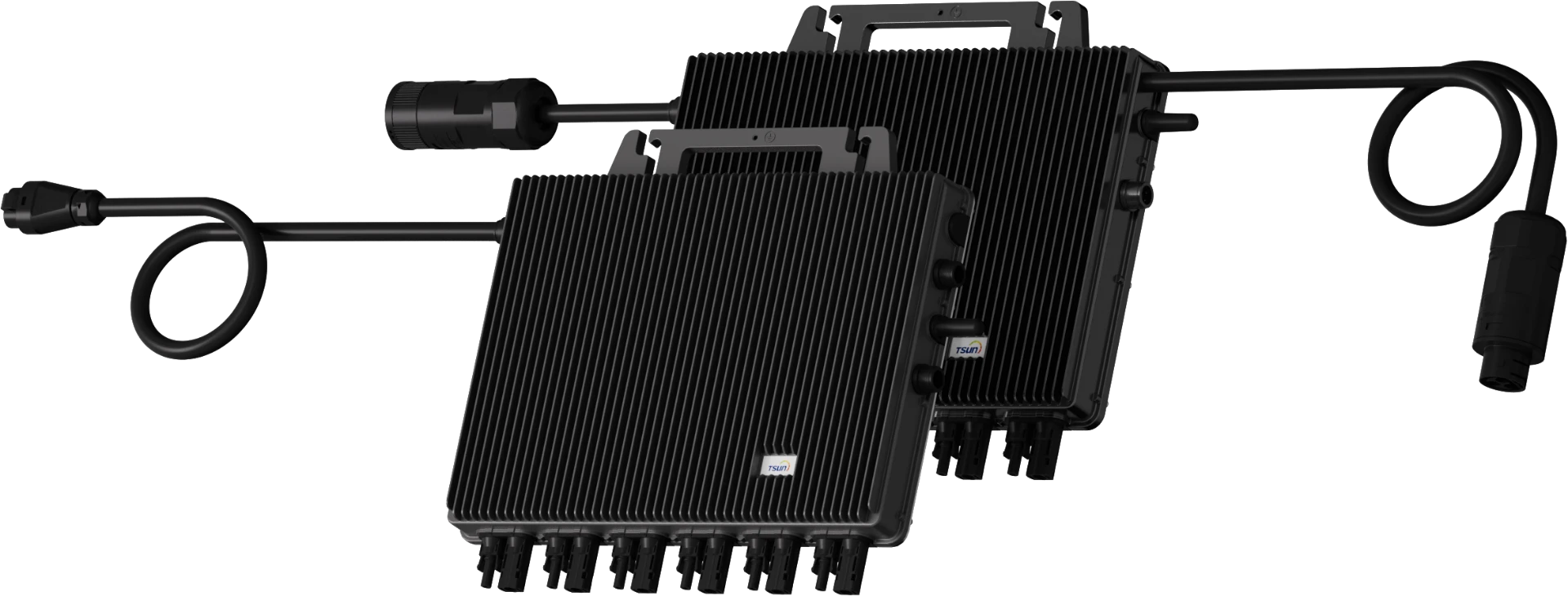
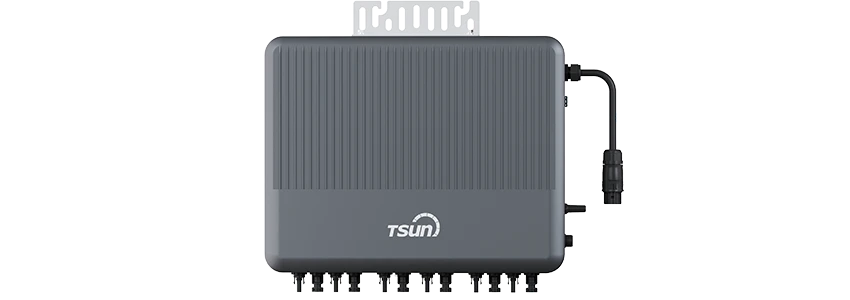
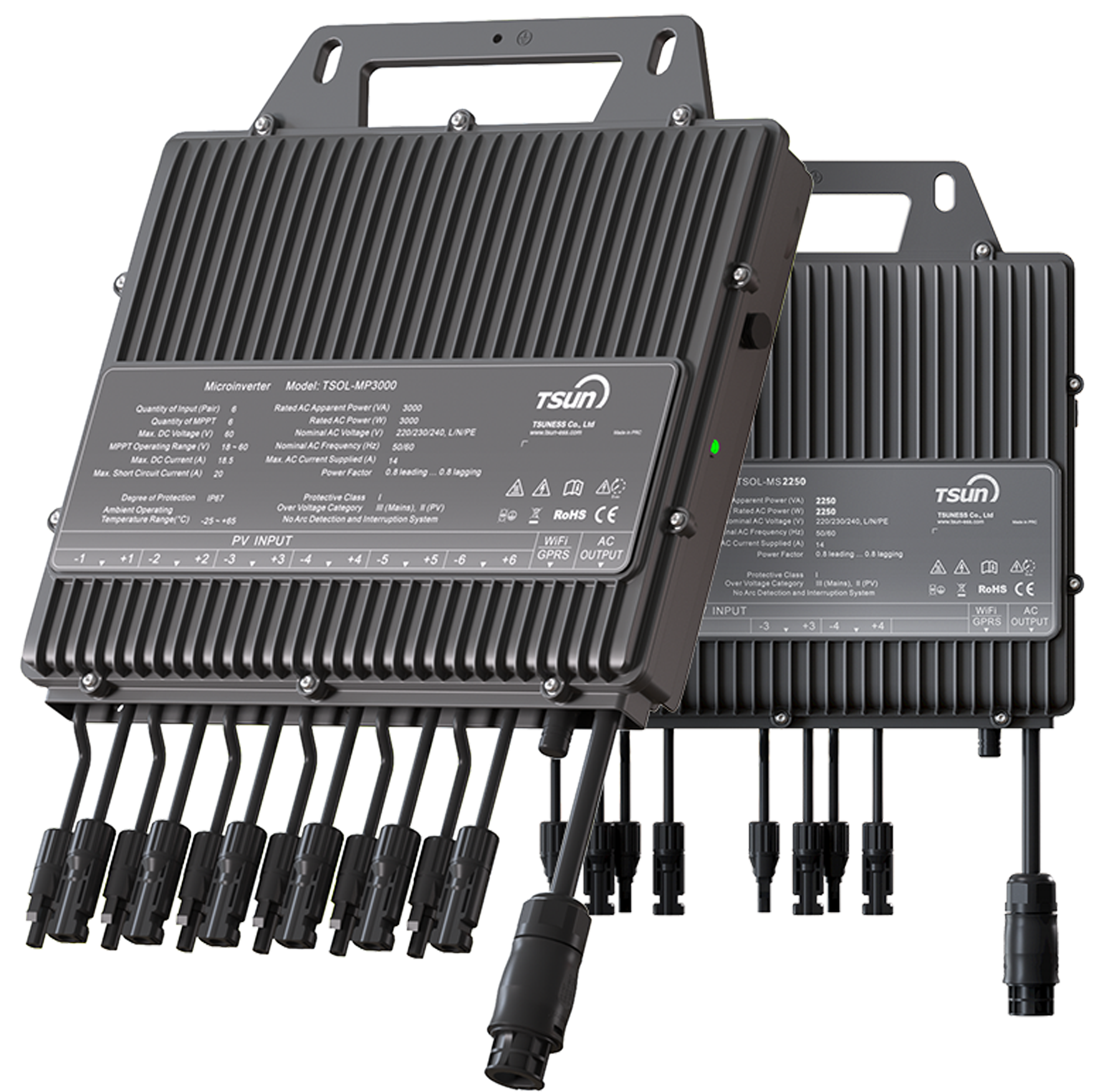

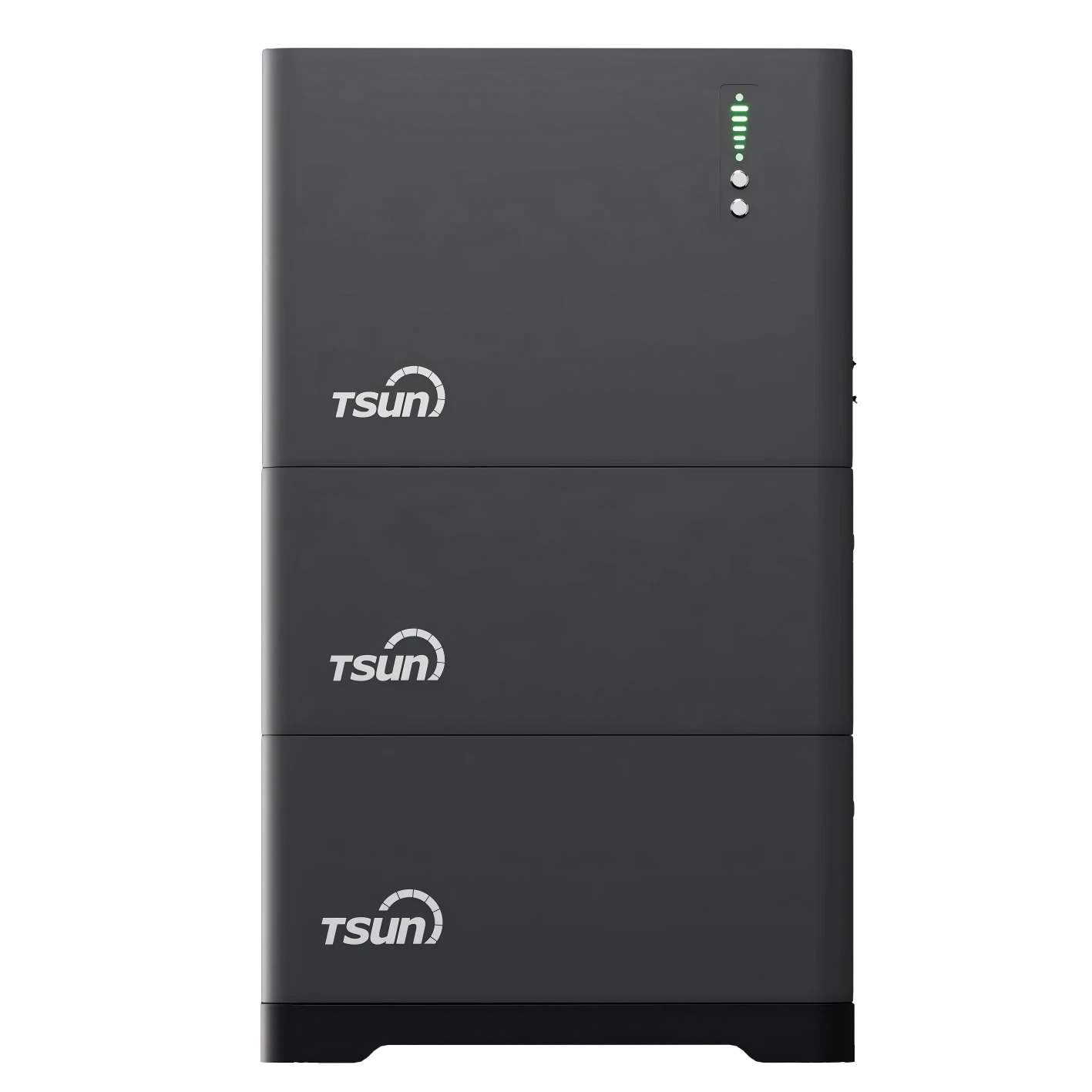
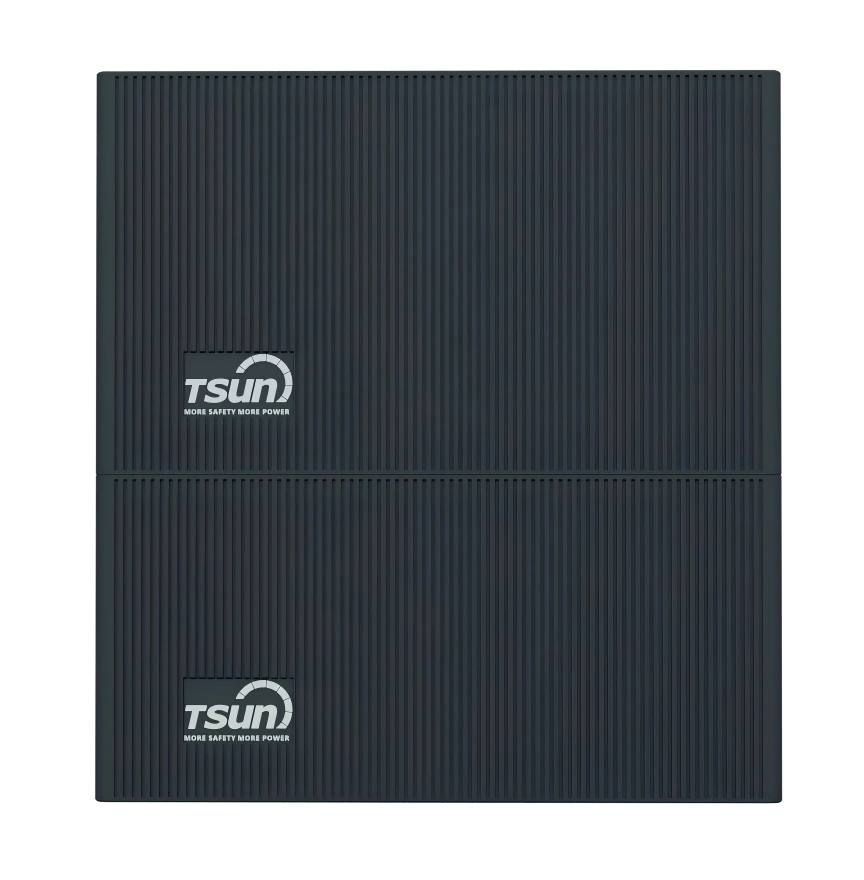



 Downloads
Downloads Video Center
Video Center Report Fault for Repair
Report Fault for Repair FAQS
FAQS Service Network
Service Network Privacy Policy
Privacy Policy Contact us
Contact us Monitoring
Monitoring




 LEARN MORE
LEARN MORE








